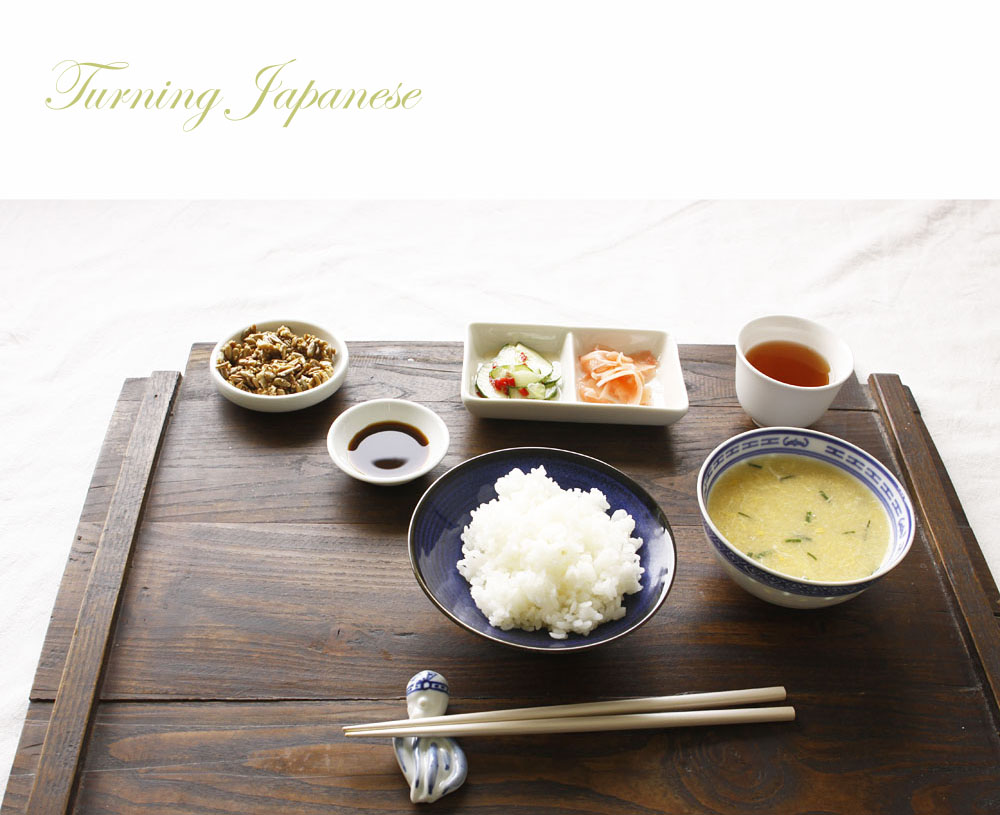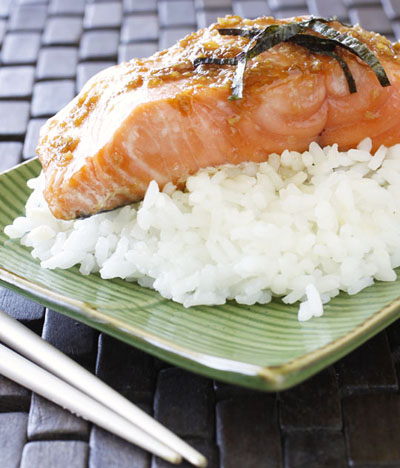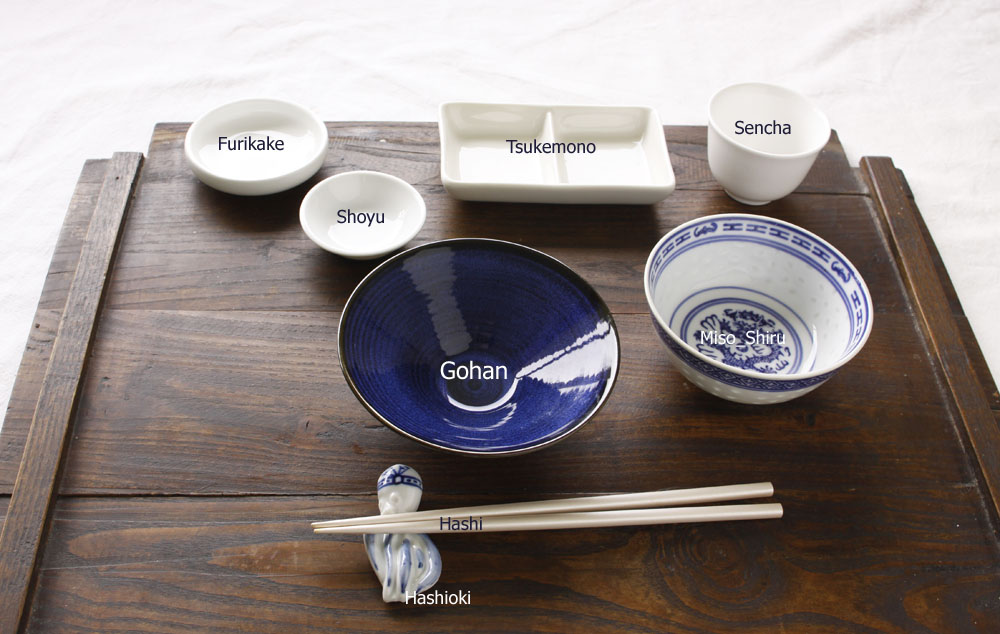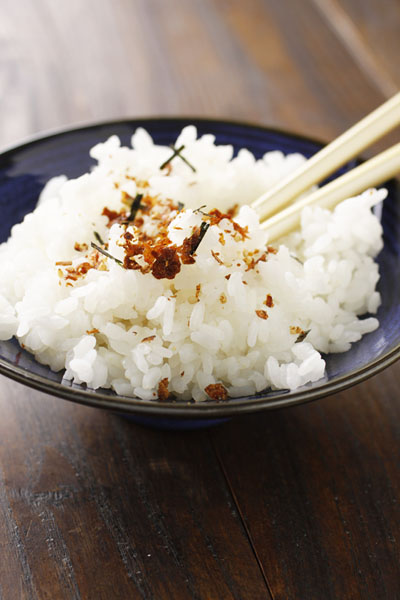
Asian ways of eating, especially Japanese cuisine arouses not only my curiosity and taste buds but also the thought
process behind developing a meal. There is no doubt that's it takes great artistry to balance flavours along with
techniques through numerous colourful dishes. The concept of creating many components to be served together all at
once, is pure poetry.
|
A typical Japanese main meal will naturally include steamed short grain rice - known as Gohan. (See my step by step guide to creating the Perfect Gohan). Also a
broth or light soup - most often Miso. Three main dishes (Okazu) consciously prepared in different ways are placed in
the centre of the low slung communal table. The three dishes commonly include one fried or grilled, one raw, uncooked
dish and one steamed or boiled dish. Ready made Teriyaki Sauce makes creating Okazu
side dishes such as Grilled Teriyaki Salmon super simple during busy weekdays.
Lightly pickled crisp vegetables (Tsukemono) and salty sprinkles of seaweed,
bonito fish flakes and sesame seeds (Furikake) to flavour the rice and Shoyu soy,
dipping sauces are individually placed at each person's setting. Freshly brewed Tea is served as the beverage of
choice with the meal, often Sencha, steeped green tea as opposed to Matcha which is finely ground and used in more
formal Tea ceremonies.
|

|
Now you are most probably thinking that's a lot of different food there for one meal. It is true there may be
several dishes at one setting, however the size of Japanese serving dishes and bowls are small in comparison to
anything you see on a typical Western dining table.
These days it is not uncommon to find New Zealand waitresses struggling with the weight of the plates in restaurants.
There are no longer dining plates but large heavy serving platters being delivered to our table. Take a look in
anyone's kitchen today and compared with the 1920's, you will see a huge increase in the size of our crockery.
Cereal bowls and soup coupes once small and petite are now giant serveware often with the capacity to hold almost a
litre or more.

Not only is the crockery smaller in Japanese cuisine, but slow is the pace and style of the meal. By consciously
creating many tastes and senses to explore and serving everything at once, you are encouraged to eat consciously too,
taking a sip here and a nibble there. Likewise using chopsticks (Hashi) slowly "bridges" the journey from the
bowl to mouth.
As much as I enjoy Japanese cuisine and recipes, especially now with Spring and warmer weather arriving and raw or
lightly cooked food becoming more inviting - I've also been exploring the idea of eating more traditional Western
foods and the other cuisines I enjoy in this same Japanese way.
|

|
For example the Gohan, steamed short grain rice is easily
replaced with other varieties of rice, grains, quinoa or millet, pasta or perhaps even puréed vegetables.
The soup is open to all sorts of interpretations too; from consommes and light flavourful broths of all sorts. I tend
to avoid heavily creamed and puréed soups in this case, however.
To me the different arrangements, colours and preparations of all the dishes makes the meal joyful and refreshing -
like a birthday party you can have any night of the week. The kind of party you can repeat over and over again without
the guilt (or extra love handles) from eating mountains of cake. This way you can have your colourful rainbow sprinkles
and eat them too.
In the next couple of pages I offer some easy suggestions and recipes for pickles
(Tsukemono) and sprinkles (Furikake) condiments to add to your Japanese
inspired meals.
|
|
















































